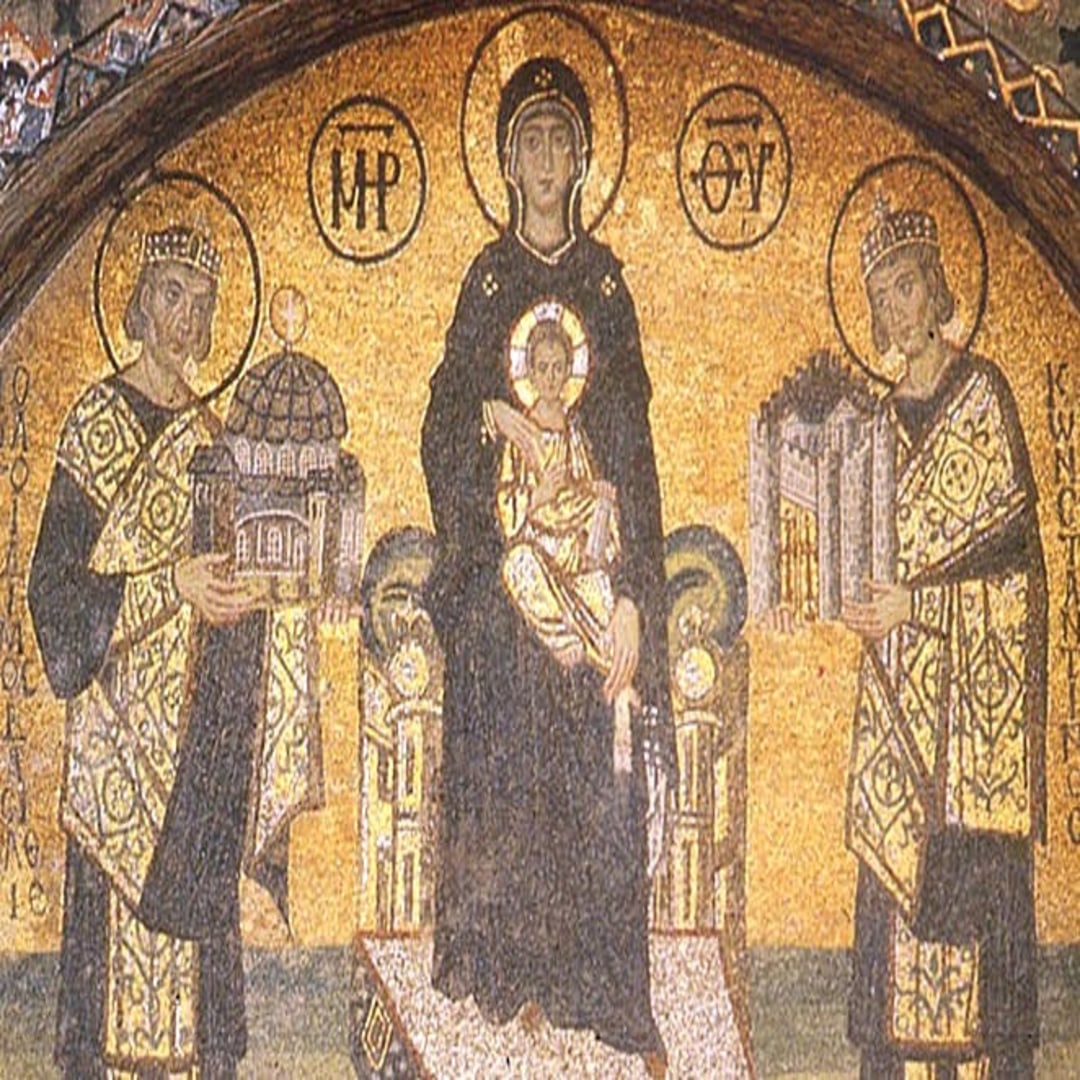Describe the Art of the Early Byzantine Period.
Central Asian styles were brought in with various nomadic incursions. Themes of Islamic Art.

A Brief History Of Byzantine Art And Its Characteristics
Byzantine art is the art of the Greek-speaking Byzantine Empire formed after the division of the Roman Empire between Eastern and Western halves and sometimes of parts of Italy under Byzantine rule.

. Apart from the formal aspects of classicism there was a continuous tradition of realistic depiction that survived in Byzantine art of Eastern Europe throughout the period. Islamic art was influenced by Greek Roman early Christian and Byzantine art styles as well as the Sassanian art of pre-Islamic Persia. This aim toward.
Humanism which had developed during the 14th century remained an important intellectual movement that impacted art production as well. The history of medieval art can be seen as an ongoing interplay between the elements of classical early Christian and barbarian art. Early Christian or Paleochristian art was produced by Christians or under Christian patronage from the earliest period of Christianity to depending on the definition used between 260 and 525.
Artists painted icons of religious figures were thought to have miraculous powers. In the early medieval. In the West realistic.
Much of the art reflected the strongly spiritual focus of the wealthy leadership. However by the 12th century CE Byzantine art has become. Also the face of Christ has adult-like features which was prevalent during this time period.
Art was visually powerful during the Middle Byzantine period. In practice identifiably Christian art only survives from the second century onwards. Art from this period reflects the change to a warmer climate and adaptation to a relatively sedentary lifestyle population size and consumption of plantsall evidence of the transition to agriculture and eventually the Neolithic period.
Still food was not always available everywhere and Mesolithic populations were often forced to become migrating hunters and settle in rock. After 550 Christian art is classified as Byzantine or of some other regional type. During the Early Renaissance artists began to reject the Byzantine style of religious painting and strove to create realism in their depiction of the human form and space.
French art consists of the visual and plastic arts including French architecture woodwork textiles and ceramics originating from the geographical area of FranceModern France was the main centre for the European art of the Upper Paleolithic then left many megalithic monuments and in the Iron Age many of the most impressive finds of early Celtic art. Byzantine art 4th - 15th century CE is generally characterised by a move away from the naturalism of the Classical tradition towards the more abstract and universal there is a definite preference for two-dimensional representations and those artworks which contain a religious message predominate. And Chinese influences had a formative effect on Islamic painting pottery and textiles.
It emerges from Late Antiquity in about 500 CE and soon formed a tradition distinct from that of Catholic Europe but with great influence over it.

Two Monks Invent Byzantine Art Byzantine Art Roman Empire Eastern Roman

Unknown Artist Justinian Mosaic 548 San Vitale In Ravenna Italy Ap Art History 250 Art History Byzantine

Early Byzantine Art And Visual Culture Prehistory To Renaissance

No comments for "Describe the Art of the Early Byzantine Period."
Post a Comment